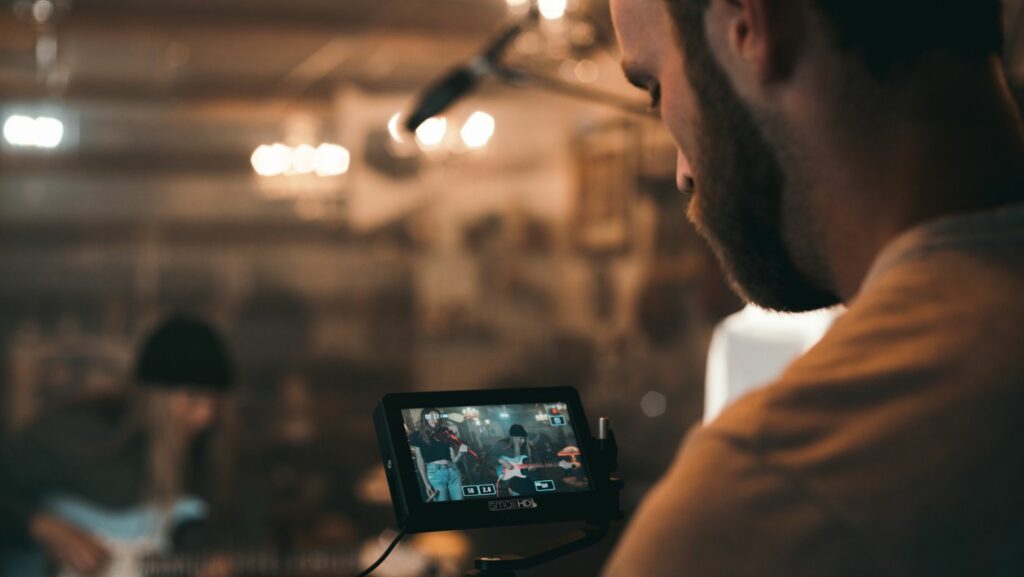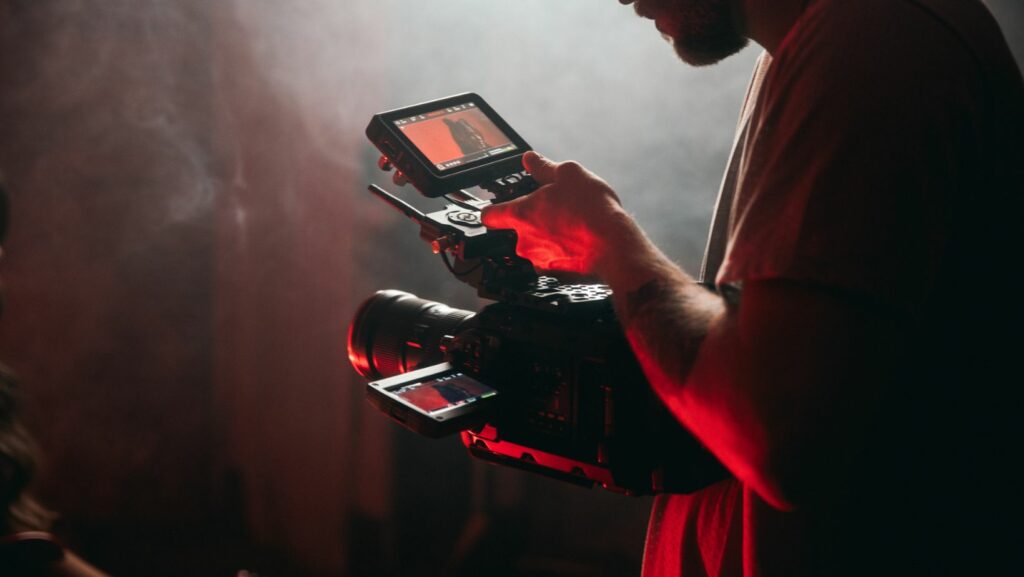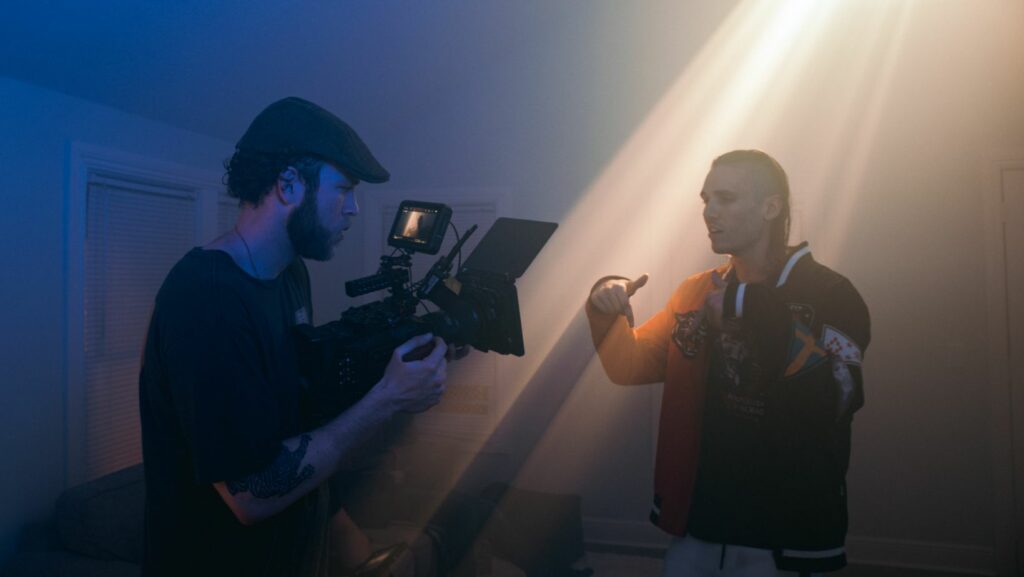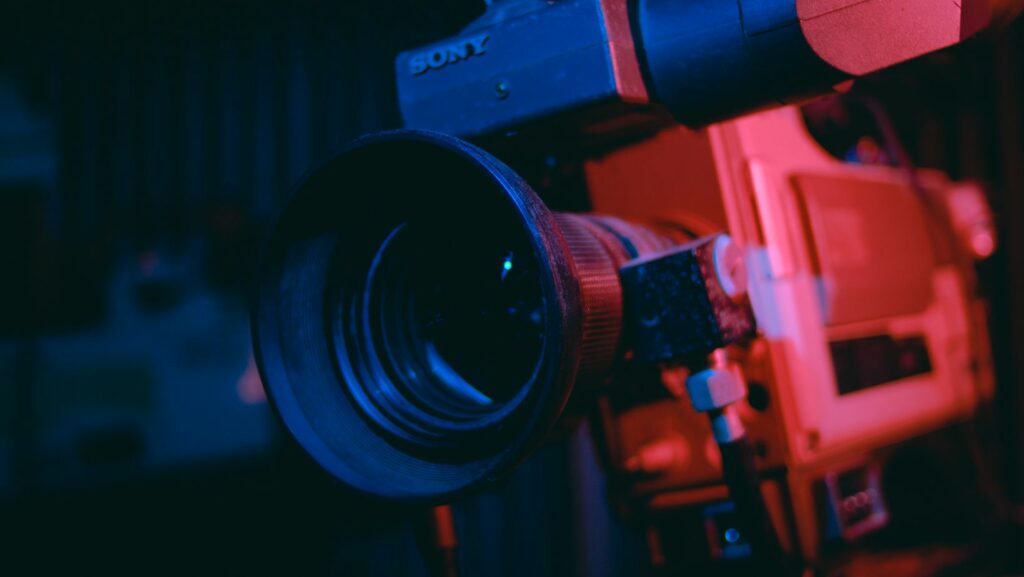How to Make a Cinematic Video

Creating a cinematic video isn’t just about capturing moments; it’s about storytelling through visual artistry. In today’s digital age, anyone with a camera can shoot a video, but crafting a cinematic masterpiece requires a blend of creativity, technique, and the right tools. Whether you’re an aspiring filmmaker or a content creator looking to elevate your projects, understanding the core principles of cinematic videography can transform your work.
From mastering camera angles and lighting to incorporating compelling soundtracks and seamless editing, these elements collectively breathe life into your footage. With the right guidance, even beginners can produce videos that captivate audiences and convey powerful narratives. This guide will explore essential tips and techniques to help you create videos that not only look stunning but also resonate emotionally with viewers.
Understanding Cinematic Video
Cinematic video focuses on storytelling through visuals. It uses technical elements to create emotional impact. Filmmakers employ techniques like composition and framing to draw viewers into the narrative. Cinematic techniques enhance the emotional depth of a scene.
Composition refers to the arrangement of elements within a frame. Filmmakers use the rule of thirds, leading lines, and symmetry to guide viewers’ eyes. This technique shapes how audiences perceive the story.

Lighting plays a crucial role in setting the mood. Natural light conveys realism, while artificial light adds drama and mystery. Directors often use a combination of both to evoke specific emotions.
Camera movement adds dynamism to shots. Techniques such as panning, tilting, and tracking engage viewers, allowing them to follow action smoothly. Filmmakers use these movements to enhance scenes and maintain audience interest.
Sound design transforms ordinary footage into immersive experiences. Background music, ambient noise, and dialogues synchronize to support visual storytelling. The right soundtrack elevates cinematic impact by complementing the visual story.
Editing refines raw footage into a cohesive narrative. Cuts, transitions, and pacing are tools filmmakers use to enhance storytelling. Editing creates rhythm, guiding viewers through the narrative arc and emphasizing key moments.
Essential Equipment for Cinematic Video
Crafting cinematic videos involves using specific equipment that enhances storytelling through visuals. Key tools like cameras, stabilizers, and lighting are fundamental in creating professional-quality content.
Cameras and Lenses
High-quality cameras and versatile lenses form the cornerstone of cinematic videography. Digital Single-Lens Reflex (DSLR) and Mirrorless cameras are popular choices for filmmakers due to their ability to capture high-resolution video with manual controls. Canon EOS R5 and Sony A7S III cameras exemplify this category with superior image quality and dynamic range. Lenses, such as 50mm or 35mm primes, offer sharp focus and depth of field control, essential for creating visually appealing scenes.
Stabilizers and Tripods
Stability is crucial for smooth, professional-looking shots. Tripods and gimbals help achieve this by minimizing camera shake. A sturdy tripod, like the Manfrotto MT055XPRO3, provides reliable support for static shots. For dynamic movements, gimbals like the DJI Ronin-S offer motorized stabilization that allows for fluid, cinematic motion even during complex maneuvers.
Lighting Equipment
Lighting sets the mood and enhances the visual storytelling of a scene. Continuous lights, like LED panels, provide consistent illumination and are easily adjustable for changing conditions. The Neewer 660 LED Video Light is a favored option due to its adjustable brightness and color temperature settings. Softboxes and reflectors are also used to diffuse light, creating softer shadows and more natural-looking footage. Natural and artificial lighting both contribute to the aesthetic, serving to highlight emotions and direct viewer focus.
Planning Your Cinematic Video
Careful planning forms the backbone of any cinematic video project. It involves multiple components that ensure a smooth production process and a compelling final product.

Storyboarding helps map out the visual narrative before filming begins. It’s crucial for visualizing sequences and camera angles, providing a clear direction for the shoot. Filmmakers sketch or use software like Storyboard That or Canva to illustrate key scenes, identifying transitions and emotional beats. Each frame includes notes on movement, lighting, and sound to align the team on the creative vision.
Location scouting sets the stage for the story and enhances its realism or atmosphere. Filmmakers visit potential sites to assess lighting, acoustics, and visual appeal. They consider factors like access, permits, and how the setting fits the narrative’s tone. A well-chosen location can transform a scene, making it more impactful and authentic.

